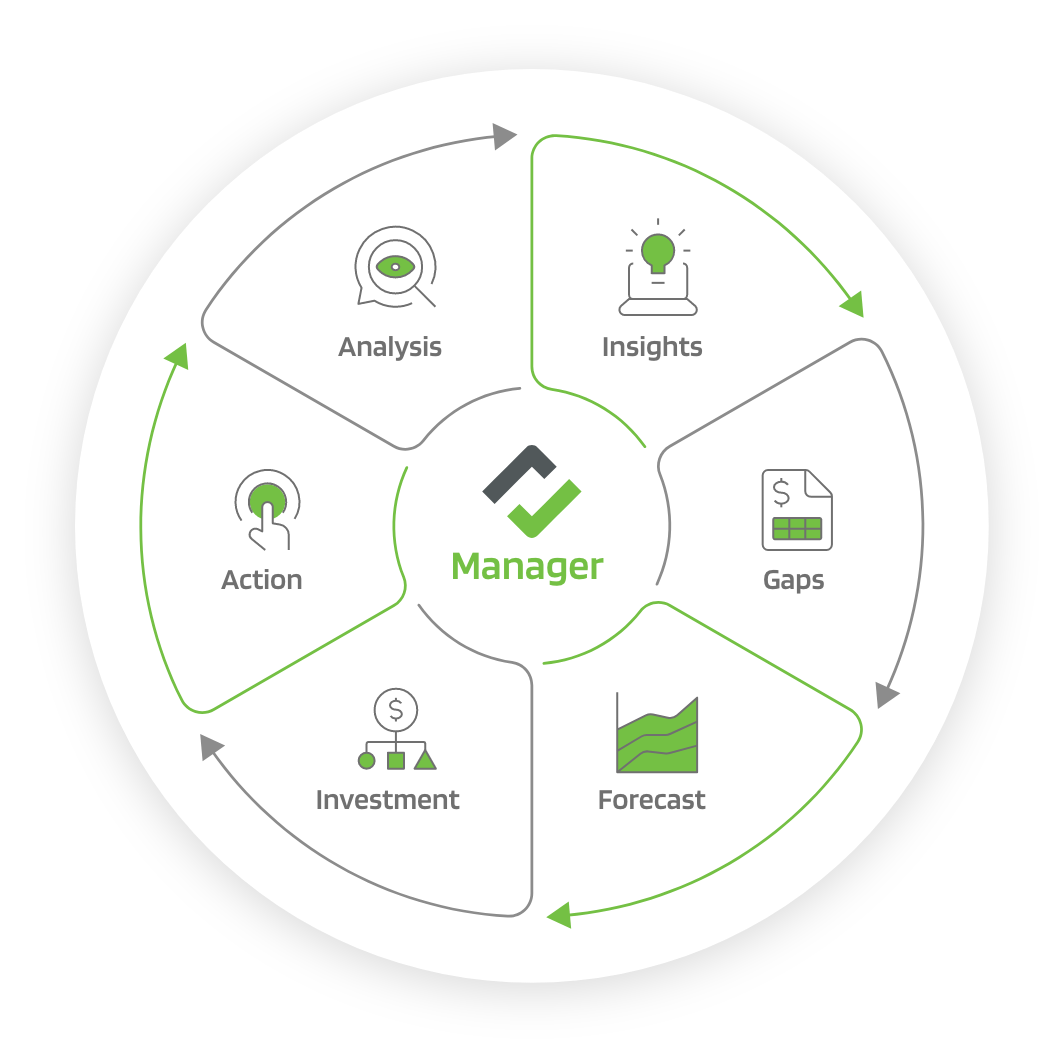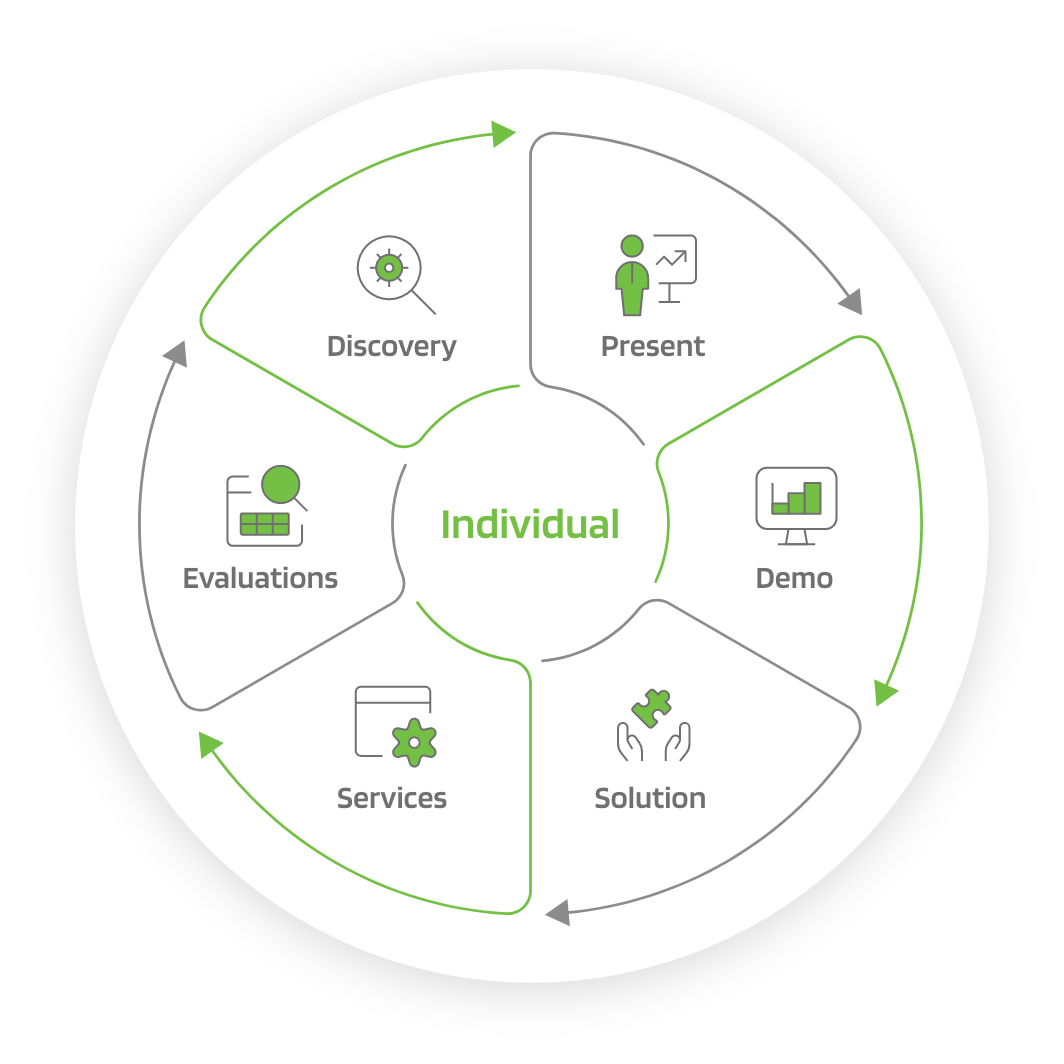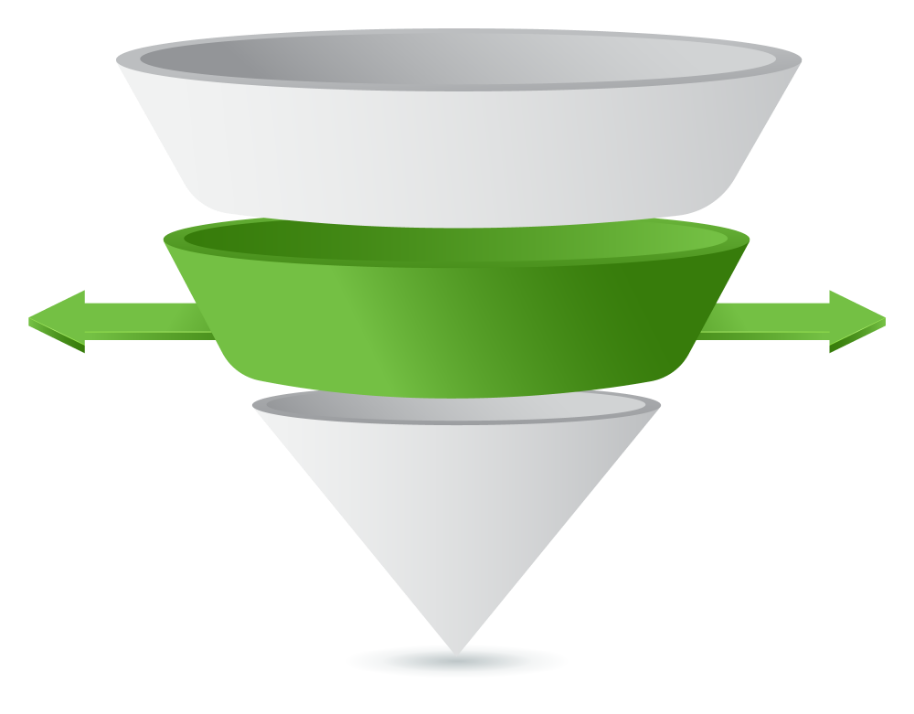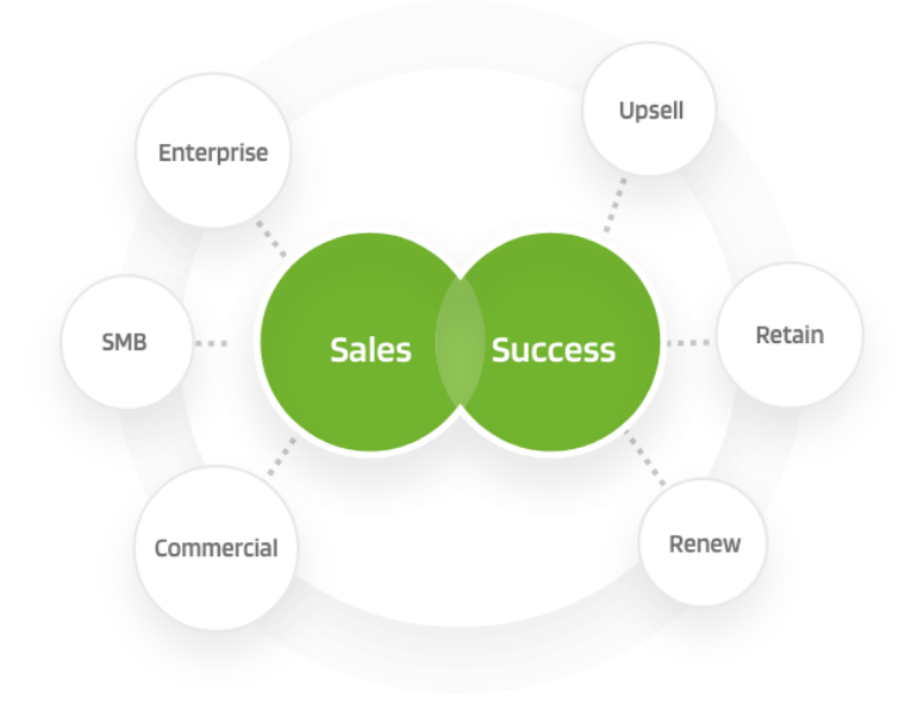
Technical Sales by Hub
Ten Steps To Optimize Your Presales Business

The year 2022 is off to an exciting start for the presales profession. We are seeing more vendors providing purpose-based presales tooling, shifting buyer behaviors that rely more on presales earlier in the sales process, and massive demand for more presales talent.
To any presales leader looking to grow and get more from their presales organization, all this activity can be both exciting and nerve-racking. To help presales leaders for companies of all sizes, here are ten prescriptive steps to help find the right path for you to modernize your presales team.
10 Steps to Improve Presales:
- Start With Your Technical Buyer Journey. With your team, take an in-depth view of how their buying behaviors are changing. Do they have time to self-educate, or do they need a guided approach to discovering value that can only be done by your presales team? These insights will help you reinforce your current presales workflows or help you revise them to reflect how your technical buyers buy today.
- Actively Listen To Your Sales Counterparts. Explore and understand where your sales counterparts are seeing changes in buyer behaviors. For instance, if buyers are less interested in building relationships remotely and more interested in experiencing your solution earlier, this may be a leading indicator your presales team might need to get engaged earlier in the sales process.
- Understand Your Product Packaging Implications. Whether you have a SaaS self-serve solution or on-premise hardware that must be evaluated at the customer site, or both packages, map how your product packaging may impact the presales jobs you have to perform. For instance, a self-serve SaaS solution that releases on product-led growth (PLG) sales tactics may rely on presales to do more guided trials and personalized demos, whereas a hardware-based on-premise appliance may be more akin to sales-led growth (SLG), where presales must manage more proof of concept (POC) and proof of value (POV) engagements. Understanding the implications of your product packaging will determine the types of jobs your presales team will have to perform.
- Identify Presales Stage Friction Points. Query as to where your presales team is experiencing the greatest amount of lag and friction within their corresponding presales stages. For instance, is there a big drop-off rate within your presales funnel between demo and proof of concept (POC) and proof of value (POV)? Whenever possible, getting conversion metrics within your presales stages will be insightful. But even if you can’t get metrics, getting anecdotal data will give you a starting point in looking for ways to help your presales team.
- Assess Your Team’s Skills. Do you know the technical and presales skills of your team? Do you have some sort of presales competency matrix? When was the last time your presales team received some kind of formal presales training? Your team is only as good as the skills and knowledge in their tool bag. Empowering them to refine what they know and become better performers will drive more positive outcomes.
- Foster A Winning Culture. The Navy Seals have a great saying: “There is no I in we.” And this mindset certainly applies to presales organizations, where sharing knowledge and supporting one another is absolutely critical. An effective presales organization is one that is highly collaborative.
- Codify Your Presales Workflows. Presales are always busy being in the field winning deals. But would you let professional athletes simply show up on the court and just tell them to win without executing to some sort of playbook that is catered to their environment? Of course not. The same holds true for presales looking to win deals in certain environments. This is why it’s critical to make the time to codify sales engineering playbooks that can help your presales teams be more effective with their time and actions to win more.
- Build Your Presales Talent Pipeline. As your business grows, so will your demand for presales talent. And whether you are hiring 20-year veterans or new professionals into the presales business, it is important to find avenues that can help you build a pipeline of prospective talent that you can hire when the time is right. Doing this sooner rather than later will help you address the expected churn within the presale ranks, replenish talent gaps, and bring new enthusiasm to your presales organization.
- Examine Your Presales Tech Stack. Let’s face it! General purpose tools, like spreadsheets and customer relationship management (CRM) systems, were never built specifically to help presales do their daily work. The era has arrived in which presales professionals need tools built for them, and that can automate any number of daily jobs, which will drive greater day-to-day productivity. Examine for procurement the presales tools that can yield the fastest and greatest impact on your business.
- Take Small Steps. Optimizing your presales organization will take time. So be patient with yourself, your sponsors, and your team. But also ensure that your timeline and operational plans account for your organization’s ability to embrace change. Change never happens as quickly as you want it to, so make sure that you plan accordingly and begin your education, evaluation, and purchasing process for tooling, training, and talent accordingly.
Your presales team is the key to your company’s success in making technology sales happen. Consider these ten steps as a starting point to up-level your presales performance and ensure that you are optimizing your presales line of business.







